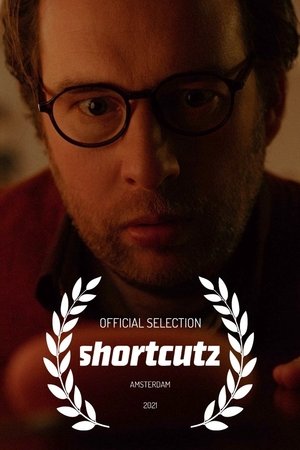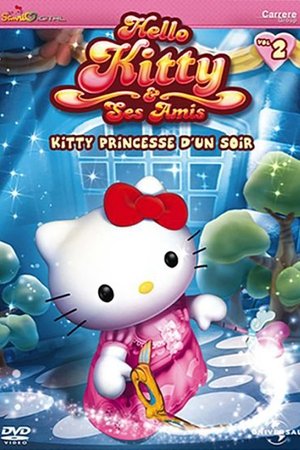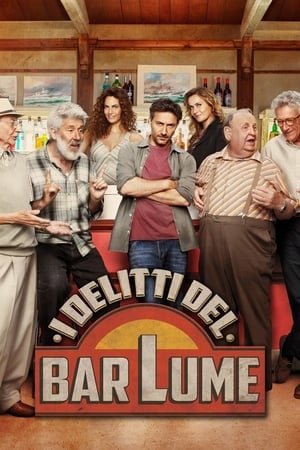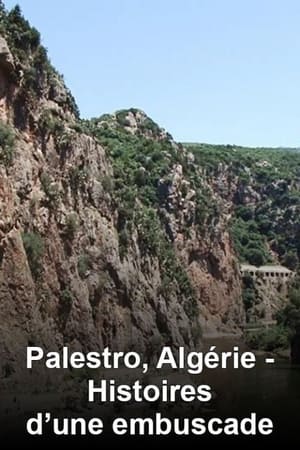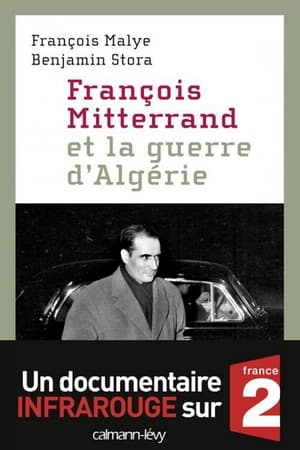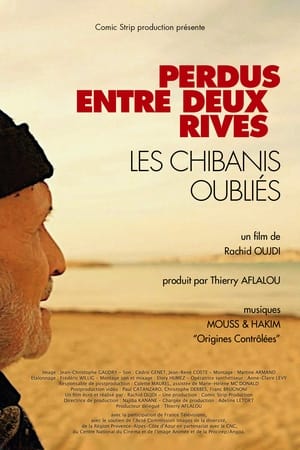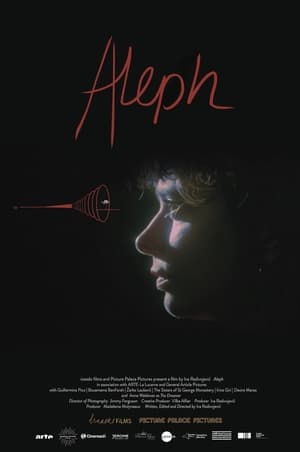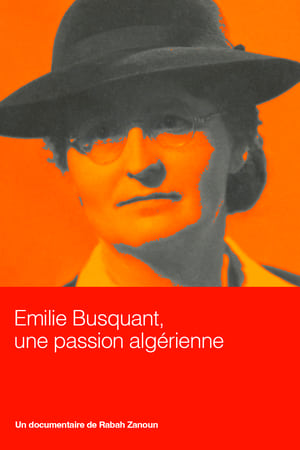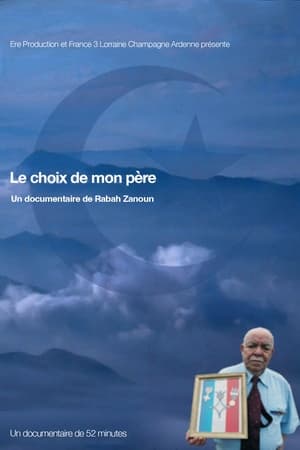
Algérie du possible(2016)
By meeting his former comrades in combat, the film follows the journey of Yves Mathieu, anti-colonialist in Black Africa then lawyer for the FLN. When Algeria became independent, he drafted the Decrees of March on vacant property and self-management, promulgated in 1963 by Ahmed Ben Bella. Yves Mathieu's life is punctuated by his commitments in an Algeria that was then called "The Lighthouse of the Third World". The director, who is his daughter, returns to the conditions of his death in 1966.

Movie: Algérie du possible

Algérie du possible
HomePage
Overview
By meeting his former comrades in combat, the film follows the journey of Yves Mathieu, anti-colonialist in Black Africa then lawyer for the FLN. When Algeria became independent, he drafted the Decrees of March on vacant property and self-management, promulgated in 1963 by Ahmed Ben Bella. Yves Mathieu's life is punctuated by his commitments in an Algeria that was then called "The Lighthouse of the Third World". The director, who is his daughter, returns to the conditions of his death in 1966.
Release Date
2016-12-07
Average
7.5
Rating:
3.8 startsTagline
Genres
Languages:
FrançaisKeywords
Recommendations Movies
 7.7
7.7Musangwe: Fight Club(en)
The first rule is that there are no rules. For the bare-knuckle combatants competing in Musangwe fights, anything goes - you can even put a curse on him. The sport, which dates back centuries, has become a South African institution. Any male from the age of nine to ninety can compete. We follow a group of fighters as they slug it out in the ring. Who will be this year's champion?
 6.9
6.9Home(en)
The ostensibly calm and courteous Gerald Ballantyne lives in and embodies modern suburbia. But he is haunted by the memory of a recent car crash and hounded by his estranged wife and her demands for divorce. Slowly, a festering insanity takes over and unwilling to face the outside world he embarks on a lunatic experiment. Confining himself to his middle-class home, he eschews contact with others and survives entirely off 'food' which he can find in his house. Based on JG Ballard's The Enormous Space.
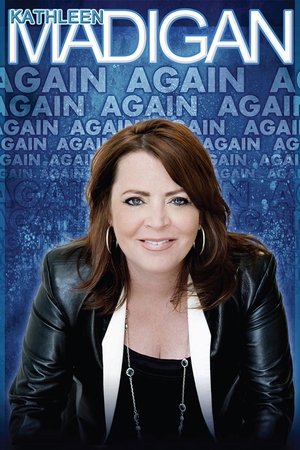 7.6
7.6Kathleen Madigan: Madigan Again(en)
Kathleen Madigan drops in on Detroit to deliver material derived from time spent with her Irish Catholic Midwest family, eating random pills out of her mother's purse, touring Afghanistan, and her love of John Denver and the Lunesta butterfly.
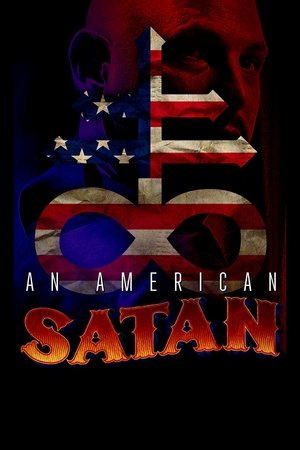 7.1
7.1An American Satan(en)
Founded in 1966 in California by a former organist and lion tamer named Anton Szandor LaVey, the Church of Satan has often been surrounded by mysteries, scandals and moral panics. An immersive journey into one the most fascinating phenomena of American religious pluralism.
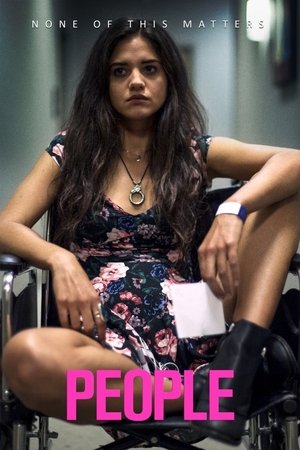 5.9
5.9People(en)
Six vignettes pit an assortment of characters against each other in everyday situations.
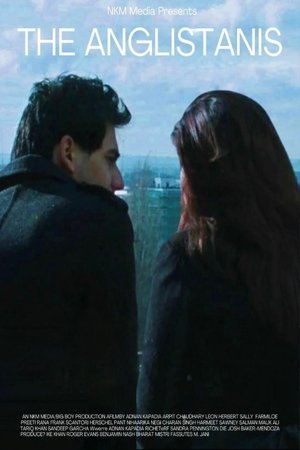 8.0
8.0The Anglistanis(en)
A regular student house in London. A regular bunch of students and ex-students. This is their home from home - only home is India! Meet the Anglistanis, a bunch of "Desis" trying to make their way in the big city. Arpit; tall, handsome, studying... or is he? Sameer; funny, greedy, lazy - he's here to study... what was that subject? Kalpana; she's a model student... and a nag! Rehan; he's a student of IT... and love! Jignesh; he's a student of life... and trying to earn a crust. Arjun; he's the master of the house... or is he? The house is bursting at the seams and landlord-cum-father figure Kuldeep is trying to keep order. But when the beautiful Nisha, Arpit's old flame from India, asks for a place to stay, their world is turned upside down with love triangles, gangsters and even cross dressing Mujra dancers!
 7.7
7.7Dave Chappelle: Deep in the Heart of Texas(en)
Comedy icon Dave Chappelle makes his triumphant return to the screen with a pair of blistering, fresh stand-up specials. Filmed at the Moody Theater in Austin, Texas, in April 2015.
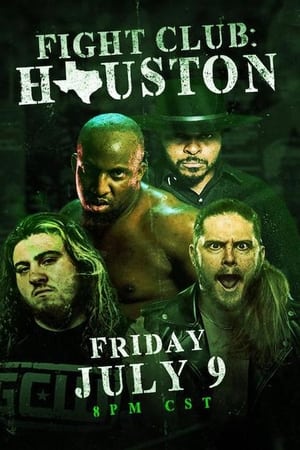 7.5
7.5GCW: Fight Club Houston(en)
On July 9th GCW presents Fight Club Houston straight from Premier Arena in Houston, Texas. The lineup is almost completed, check it below: AJ Gray vs Bryan Keith Nick Gage vs Sadika Joey Janela vs Dante Ninja Mack vs Jack Cartwheel Effy vs Gino Jimmy Lloyd vs Carter Lucha Scramble .... more to be added soon!
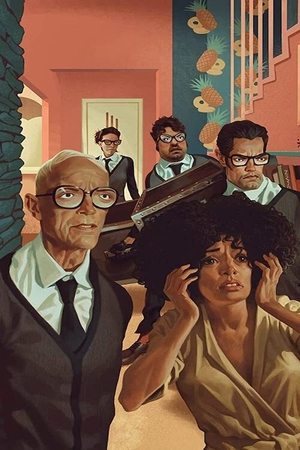 4.0
4.0Reklaw(en)
A team of altruistic vigilantes destroy evidence to keep as many people from prison as possible, but when one of their crime scene clean-ups is revisited by the killer, the strength of their convictions is tested.
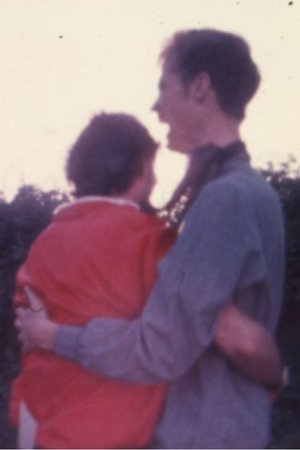 8.3
8.3People(en)
The Red Mountain Tribe hangs out in my backyard. "Lipton's lovely home movie PEOPLE, in its affection for valuable inconsequential gestures, indicates in the course of its three minutes why there has to be a continuing alternative to the commercial cinema." – Roger Greenspun, The New York Times
 7.1
7.1Eat Your Makeup(en)
John Waters' first sixteen-millimetre film, about a deranged nanny who kidnaps young girls and forces them to 'model themselves to death' in front of her boyfriend and their crazed friends. It was never shown commercially.
 5.1
5.1Comment tuer sa mère(fr)
Three siblings have had enough and hatch a plan to kill their tyrannical mother.
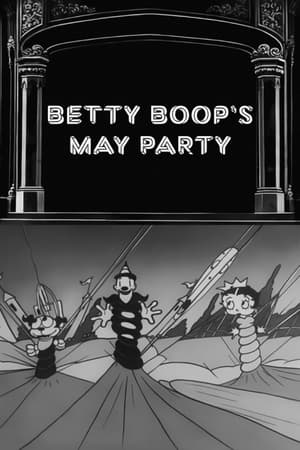 5.7
5.7Betty Boop's May Party(en)
Betty and Bimbo, as Queen and King of the May, host a giant outdoor party that gets sprayed with rubber. Koko appears briefly.
Hello(en)
The film tells the story of three best friends named Ako, Aki and Awang, who are well-known in their village for their mischievous and humourous pranks. The trio work for Pak Man. One day, they are assigned to pick up his daughter Misha, who has just returned from overseas and dreams of becoming a doctor. The trio have been in love with her for a long time but she does not pay them any heed. When Misha is robbed by a snatch thief one day, she is rescued by a doctor named Shafiq. Her face reminds the doctor of his late wife, and he begins to pursue her, which annoys the trio.
Mana Huncha Khina Sawule Chuti Dinna Aama(en)
The air in London was damp and cold, a stark contrast to the vibrant warmth of Kathmandu that Anmol often dreamed of. It had been five years since he left Nepal for the United Kingdom, chasing the dreams his mother, Susmita, had envisioned for him. She had sacrificed everything-her small savings, her comfort, and her daily joy of having her son by her side-so Anmol could study and build a better life abroad. Anmol was a hard worker, juggling university classes and long hours at Amrish's restaurant. The boss, a shrewd businessman, valued profits over people. Anmol, like the rest of the staff, was little more than a cog in the relentless machinery of the restaurant's success. One evening, after another grueling 12-hour shift, Anmol sat on his small bed in his shared apartment. His phone buzzed. It was his mother. "Anmol, Dashain and Tihar are coming. I've cleaned the house and even set aside some money to buy your favorite sweets.
Similar Movies
 6.0
6.0Glimpses of Morocco and Algiers(en)
This FitzPatrick Traveltalk short visits the cities of Casablanca, Rabat, and Marrakesh in Morocco, as well as the city of Algiers in Algeria.
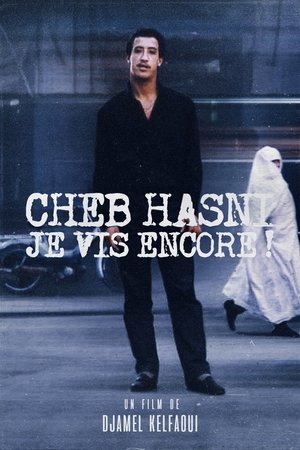 10.0
10.0Cheb Hasni, Je vis encore !(fr)
Director Djamel Kelfaoui pays tribute to the great singer Cheb Hasni, king of sentimental raï, who became cult in Algeria and beyond its borders, and who was murdered in the street in September 1994 in Oran, at the age of 26. Unique and last interview filmed a few months before the assassination of the singer considered the king of “raï love” or “sentimental song”. Cheb Hasni had recorded more than 150 cassettes during his career. His memory remains very alive in the Maghreb and Arab world and its diaspora throughout the world. A transgenerational icon, he will be posthumously decorated with the National Merit medal at the rank of Achir.
 8.5
8.5Algeria in Flames(ar)
These are the first images shot in the ALN maquis, camera in hand, at the end of 1956 and in 1957. These war images taken in the Aurès-Nementchas are intended to be the basis of a dialogue between French and Algerians for peace in Algeria, by demonstrating the existence of an armed organization close to the people. Three versions of Algeria in Flames are produced: French, German and Arabic. From the end of the editing, the film circulates without any cuts throughout the world, except in France where the first screening takes place in the occupied Sorbonne in 1968. Certain images of the film have circulated and are found in films, in particular Algerian films. Because of the excitement caused by this film, he was forced to go into hiding for 25 months. After the declaration of independence, he founded the first Algerian Audiovisual Center.
 5.5
5.5Amour de vivre(fr)
An account of the brief life of the writer Albert Camus (1913-1960), a Frenchman born in Algeria: his Spanish origin on the isle of Menorca, his childhood in Algiers, his literary career and his constant struggle against the pomposity of French bourgeois intellectuals, his communist commitment, his love for Spain and his opposition to the independence of Algeria, since it would cause the loss of his true home, his definitive estrangement.
 0.0
0.0Ancient Algiers(ar)
In the heart of the historic Casbah of Algiers, buzzing with life, we follow a day in the life of Mousaab, a passionate Algerian teenager navigating his challenges while his love for his local football club runs deep.
 6.0
6.0The Panafrican Festival in Algiers(ar)
Festival panafricain d'Alger is a documentary by William Klein of the music and dance festival held 40 years ago in the streets and in venues all across Algiers. Klein follows the preparations, the rehearsals, the concerts… He blends images of interviews made to writers and advocates of the freedom movements with stock images, thus allowing him to touch on such matters as colonialism, neocolonialism, colonial exploitation, the struggles and battles of the revolutionary movements for Independence.
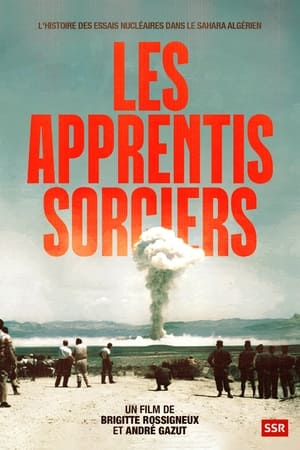 10.0
10.0The Sorcerer's Apprentice(fr)
60 years ago, in the Algerian desert, an atomic bomb, equivalent to three or even four times Hiroshima, exploded. Named the “Blue Gerboise”, it was the first atomic bomb tested by France, and of hitherto unrivaled power. This 70 kiloton plutonium bomb was launched in the early morning, in the Reggane region, in southern Algeria, during the French colonial era. If this test allowed France to become the 4th nuclear power in the world, it had catastrophic repercussions. France had, at the time, certified that the radiation was well below the standard safety threshold. However, in 2013, declassified files revealed that the level of radioactivity had been much higher than announced, and had been recorded from West Africa to the south of Spain.
 7.2
7.2Dawn of the Damned(fr)
This excellent feature-length documentary - the story of the imperialist colonization of Africa - is a film about death. Its most shocking sequences derive from the captured French film archives in Algeria containing - unbelievably - masses of French-shot documentary footage of their tortures, massacres and executions of Algerians. The real death of children, passers-by, resistance fighters, one after the other, becomes unbearable. Rather than be blatant propaganda, the film convinces entirely by its visual evidence, constituting an object lesson for revolutionary cinema.
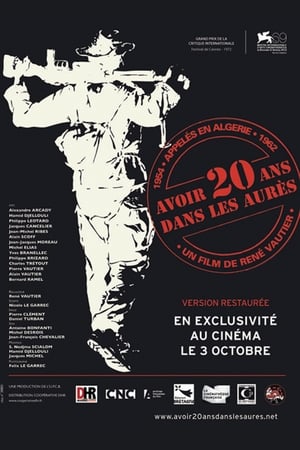 7.5
7.5To Be Twenty in the Aures(fr)
A group of refractory and pacifist Bretons is sent to Algeria. These beings confronted with the horrors of war gradually become killing machines. One of them did not accept it and deserted, taking with him an FLN prisoner who was to be executed the next day. International Critics Prize at the 1972 Cannes Film Festival. Copy restored in 2012
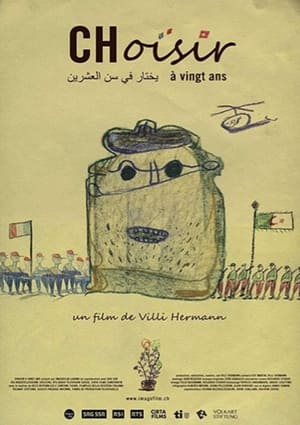 6.8
6.8CHoosing at Twenty(fr)
Between 1954-1962, one hundred to three hundred young French people refused to participate in the Algerian war. These rebels, soldiers or conscripts were non-violent or anti-colonialists. Some took refuge in Switzerland where Swiss citizens came to their aid, while in France they were condemned as traitors to the country. In 1962, a few months after Independence, Villi Hermann went to a region devastated by war near the Algerian-Moroccan border, to help rebuild a school. In 2016 he returned to Algeria and reunited with his former students. He also met French refractories, now living in France or Switzerland.
 0.0
0.0Surgeon during the Algerian War(fr)
Has everything really been said about the Algerian war? Although the archives are opening up, almost fifty years after the signing of the Evian Agreements (March 18, 1962), direct witnesses are beginning to disappear. They are, however, unique bearers of history, often the only ones able to illustrate the harsh reality of a long-hidden period. Gérard Zwang, surgeon of the contingent between May 1956 and June 1958, is one of these essential witnesses who help us discover an original history of the Algerian War. During his service, in charge of treating the most atrocious wounds of his fellow soldiers, he sees the war from the side of its victims. He did not fight with a machine pistol in his hand, but behind the closed doors of an operating room where life gives way to death in a matter of seconds.
 10.0
10.0Alger Et Ses Environs(fr)
The film, shot in 1938, is part of a series entitled “The true face of Algeria”. The film highlights the proximity of Algiers to Paris and promotes air travel. The commentary supporting the images highlights the urban dynamism (“Every day, a new skyscraper replaces a wasteland”) and the comparison with Paris (“Algiers is often nicknamed the Paris of North Africa because of its elegance become proverbial). Contemporary architectural achievements are described as the sign of “grandiose modernism”: “we love the new, the bold”. But the point does not forget the buildings illustrating “the Moorish, classic and attractive style”. The description of the Casbah also attempts to understand the architectural organization but also the diversity and even the atmosphere.
